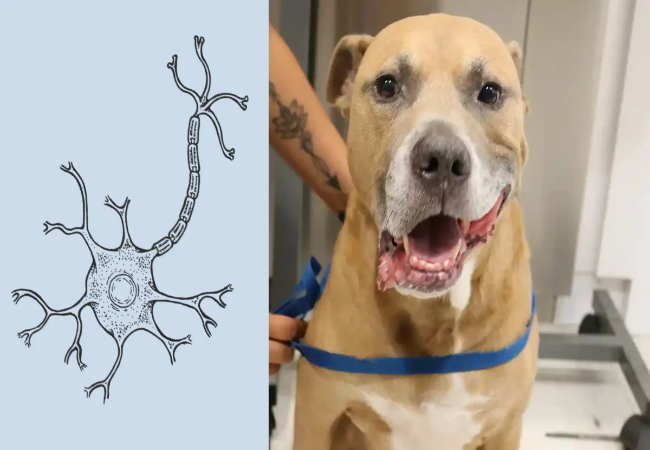Vet’s 2025 Guide to Giardia in Dogs – Symptoms, Treatment & Prevention 🌿

In this article
Vet’s 2025 Guide to Giardia in Dogs – Symptoms, Treatment & Prevention 🌿
By Dr. Duncan Houston BVSc
💡 What Is Giardia?
Giardia is a microscopic protozoan parasite infecting the intestines of dogs. Dogs shed cysts in their feces, leading to contamination of water, soil, and food—often with minimal symptoms in healthy adults.
⚠️ Who’s at Risk?
- Puppies, seniors & immunocompromised dogs—higher risk of severe or prolonged disease.
- Kennel or shelter dogs—stress and close quarters amplify the spread.
- Dogs are exposed to stagnant water or fecal contamination outdoors.
🎯 Clinical Signs
- Chronic or intermittent diarrhea—often greasy, foul-smelling, may contain mucus or blood
- Weight loss, poor appetite, gas, or bloating
- Occasional vomiting, lethargy
- Many dogs remain asymptomatic but still shed cysts.
🔬 How It’s Diagnosed
- Fecal antigen tests (ELISA)—preferred for accuracy.
- Fecal flotation/microscopy—requires multiple samples due to intermittent shedding.
- History & symptoms guide testing—especially in at-risk dogs.
💊 Treatment Protocols
Effective treatment combines medication and hygiene measures to prevent reinfection:
- Fenbendazole 50 mg/kg once daily for 3–5 days—first-line, well tolerated.
- Metronidazole 10–25 mg/kg BID for 5–8 days is an alternative or combo therapy.
- AYRADIA suspension (metronidazole) showed a 99.9% reduction in cysts in trials.
- Combo dewormers (e.g., fenbendazole + praziquantel combos) can be effective.
- Follow-up fecal tests—2–4 weeks post-treatment to confirm cure.
🧼 Environmental Control & Hygiene
- Clean and disinfect living areas daily—bowls, bedding, crates, toys with bleach solution.
- Bathe your dog to remove cysts from the fur.
- Avoid stagnant water, ponds, and puddles until treatment ends.
- Practice hand hygiene after handling pet feces or items.
🛡️ Prevention Strategies
- Provide fresh, filtered water; avoid drinking from unknown outdoor sources.
- Clean up feces promptly, especially in multi-pet environments.
- Before boarding, ensure kennels follow strict Giardia sanitation.
- Routinely screen high-risk dogs if chronic GI signs appear.
📈 Prognosis
With prompt treatment and hygiene measures, the prognosis is excellent. Most dogs recover fully, though reinfection is common if environmental control lapses.
📲 Vet Tools to Help
- Ask A Vet – 24/7 access for diarrhea cases and reinfection concerns.
🌟 Real-World Case
Case: Luna, a 6-month-old pup, developed greasy diarrhea after hiking. Treated with fenbendazole and metronidazole plus home hygiene, plus repeat fecal testing, led to full recovery and no relapse! 🥳🐶
✅ Key Takeaways
- Giardia causes intermittent diarrhea; greasy, smelly stools are most common.
- Diagnosis via fecal antigen tests and repeated sample checks.
- Treat with fenbendazole or metronidazole; verify success post-treatment.
- Hygiene and water control are essential to prevent reinfection.
- Ask A Vet and smart feeding tools make management easier and effective.
📥 Need Help Now?
If your dog has diarrhea or possible Giardia exposure, download the Ask A Vet app for real-time guidance. Visit AskAVet.com for 24/7 veterinary support. 🐾🩺






